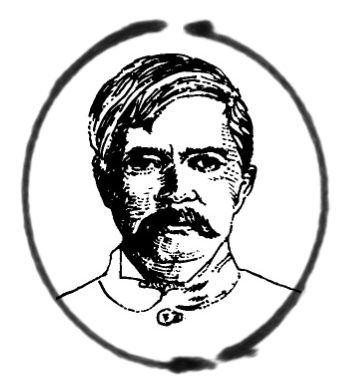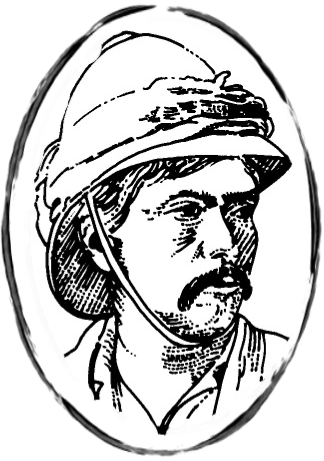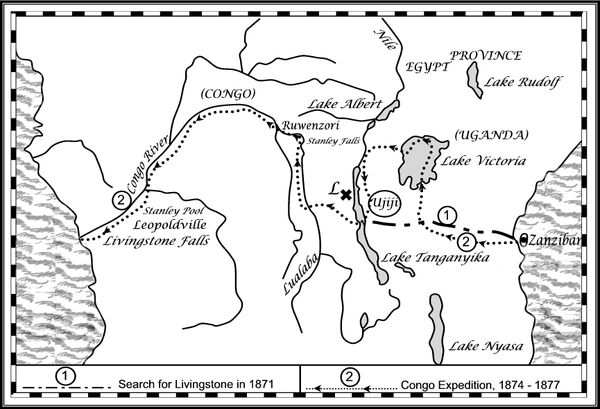| << Chapter < Page | Chapter >> Page > |
Study the following three sources thoroughly, because you will have to differentiate between facts and opinions all the time during the discussion in class.
SOURCE 1

In 1869, Henry Morton Stanley was sent to Africa by the owner of the newspaper The New York Herald, to find Livingstone. He found him at Ujiji in 1871. Livingstone was very ill and without medicine as his last medicine had been stolen by deserters. Once he had recuperated, he and Stanley travelled to various places and when Stanley was satisfied that Livingstone was altogether well again, he returned to England.
Livingstone began his final journey on 25 August 1872. He planned to explore the southern shores of Lake Tanganyika. There he became ill with fever again and died eight months later. One of his companions removed his heart and organs and buried them at the site of his death, so that his body could be embalmed. His name and the date of his death were carved out on the trunk of the tree below which these organs were buried and his body was carried to Zanzibar, a 1 609 km journey that lasted nine months, so that it could be returned to England for burial.
In 1874, Stanley returned to Africa to map Lake Victoria and Lake Tanganyika. He confirmed Speke's suspicion that Lake Victoria is the source of the Nile. In October 1876 he undertook a journey down the Lualaba River to its junction with the Congo River and thus overcame the last of the great rivers of Africa.
Stanley had to return to Africa once more, in 1887, when he went on a search to rescue the German explorer Emin Pasha, and travelled as far as the Sudan. That was the last great exploration in Africa.
SOURCE 2

“To escape the exhausting attacks by the cannibal tribes, we had to find our way between the islands, until hunger forced us to tempt fate by rowing towards the land after three days without food. We fortunately came across a tribe that was acquainted with trading. They possessed four muzzle-loaders from the West Coast and spoke of the great river as Ikuta Ya Congo. We swore an oath of brotherhood in blood, bought enough supplies and undertook to continue on our way along the left bank of the river. Three days later we came across a mighty tribe armed with muzzle-loaders. They attacked us the moment they saw us. I called out that we were friendly and wanted to offer goods, but was forced to abandon my attempts by the time three of my men had fallen in the attack.
This biggest and most hopeless battle was continued on this terrible river over a distance of 12 miles. It was the penultimate one of 32 battles . . . “
H.M. Stanley: Illustrated London News , 1878
Stanley’s travels in Africa

1877 – Ghana
1886 – Egypt (3 years)
Died 1904 – London - 18 years in Africa
a) Why was it difficult to obtain food?

Notification Switch
Would you like to follow the 'History grade 6' conversation and receive update notifications?